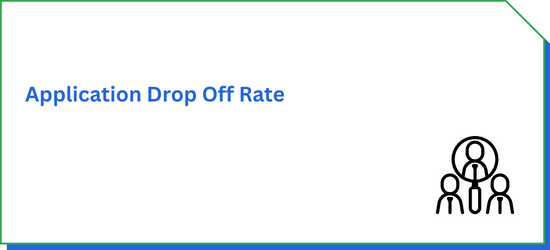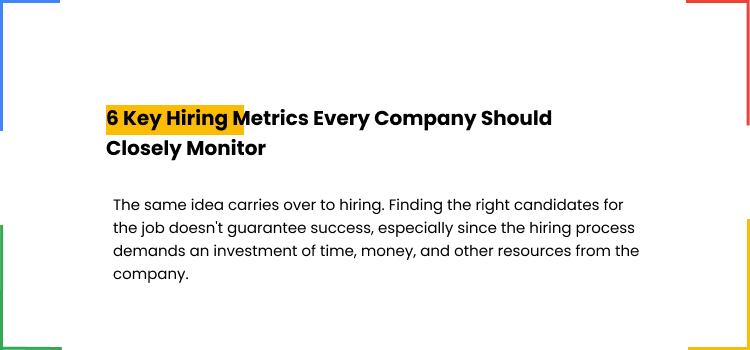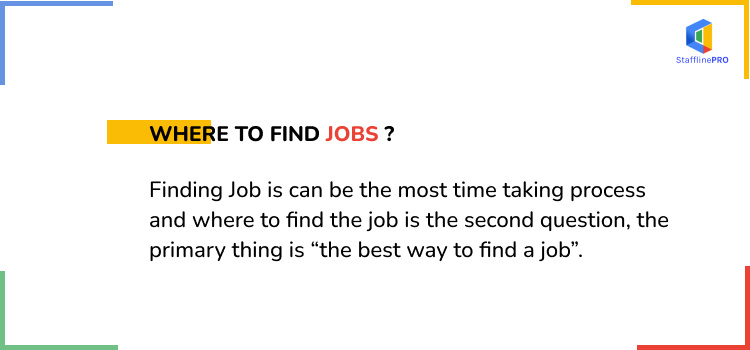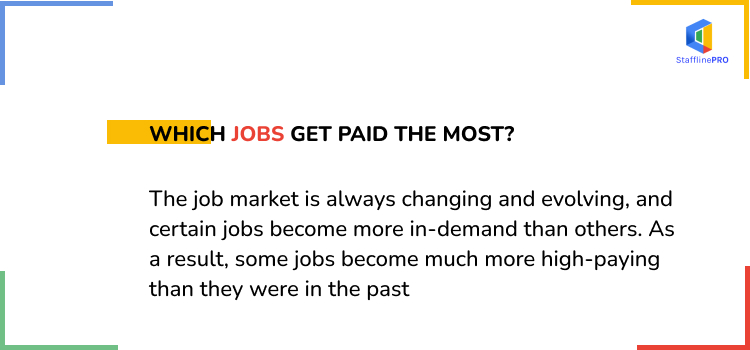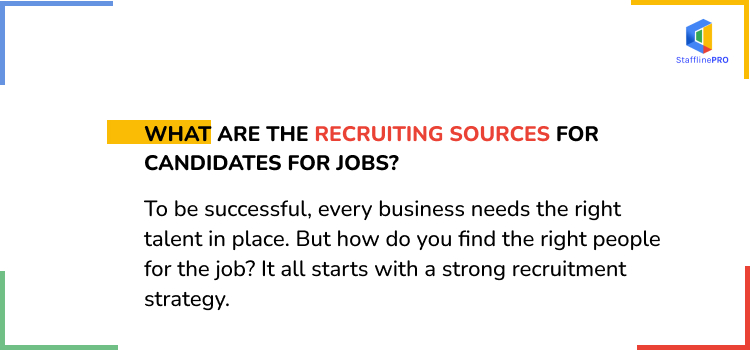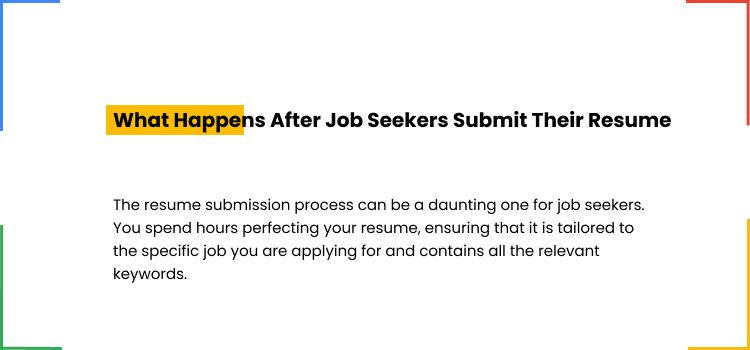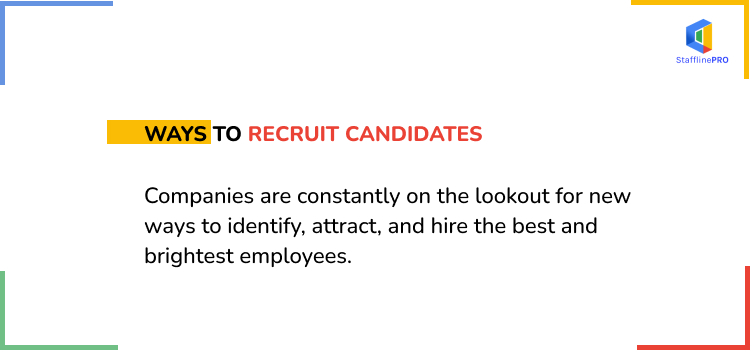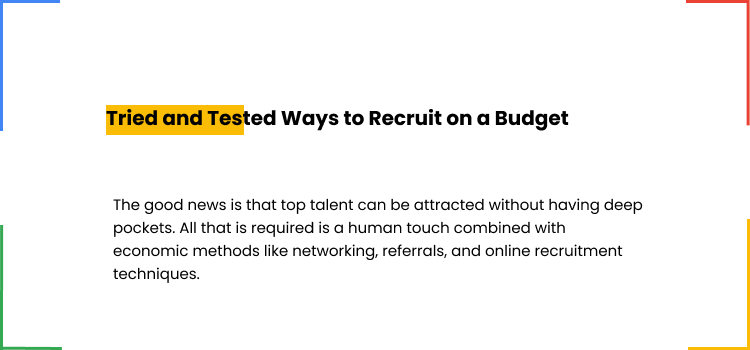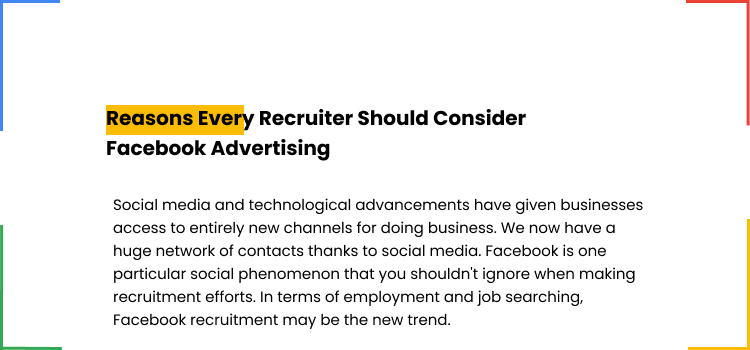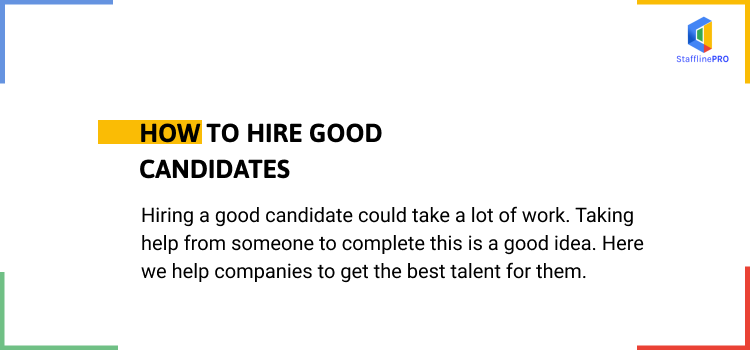1.Hiring Sources and Channel Effectiveness
Jobs were only advertised in newspapers’ classified ads pages decades ago. Today, job seekers use a variety of channels to find a job, including social media, traditional media, online job boards, and referral programs, to name a few.
It’s critical to keep track of which of these channels and sources are generating the most qualified applicants for the open positions at your company. In fact, a recent survey found that talent acquisition managers consider this metric to be the most crucial one for hiring.
What makes this metric significant? It first establishes which source is generating the most applications for your position. Second, it reveals which ones are attracting the most qualified applicants for the position. For instance, despite receiving numerous applications from online job boards, it’s possible that few of these applications result in hires. An internal employee referral program, on the other hand, might not generate as many applications but converts at a much higher rate.
Knowing this crucial metric will help you decide which source to concentrate your attention on and how to allocate your resources.

2.Candidate Experience
Word-of-mouth marketing is effective, especially online. Would you visit a restaurant with a lot of negative reviews or book a room at a one-star hotel? Most likely not.
Applying the same idea to recruitment, job seekers won’t submit applications to work for your organization if past candidates complained about the hiring and onboarding process.
Although it is frequently disregarded, candidate experience is a crucial hiring metric. Job seekers who were unhappy with your hiring procedure frequently complain about it on online forums like Glassdoor. This won’t just be a PR nightmare for your business; it will also scare away potential top hires.
By requesting applicants to complete a survey at the conclusion of your recruitment, you can easily avoid this.

3.Time-to-Hire
Time-to-hire calculates how long it takes for a candidate to be hired for a position after it becomes available in your business.
Why is this hiring indicator significant? An unfilled position at your company is a huge resource leak. An open position indicates that other resources are being used to perform this task before someone is hired to fill the position.
Therefore, it is not surprising that businesses with efficient hiring procedures have shorter hiring times. According to statistics, it takes 42 days on average to fill a vacancy, which is long given that the top candidates leave the market in just 10 days.
To shorten the time it takes to hire someone, try to streamline your hiring process. However, be sure to give it careful consideration to avoid settling for a subpar hire simply because you wanted to get someone on board as soon as possible.

4.Cost per Hire
It goes without saying that hiring costs money, so keeping track of how much your business is spending to hire a new employee is a no-brainer.
Despite the simplicity of this important hiring metric, there are several expenses that are frequently overlooked when figuring out cost per hire. For instance, advertising costs, recruiter fees, costs associated with hiring tools and technologies, and travel costs are all fairly obvious. However, some costs are more difficult to estimate than others. You must consider things like how long hiring managers spend conducting interviews and what the time is worth in dollars.
Although having a large recruitment budget is undoubtedly advantageous, there are several tried-and-true recruitment strategies you can use if you’re on a tight budget.

5.Offer Acceptance Ratio
Finding the ideal candidate for the position only to have them decline the offer when it comes time to make it is probably the most heartbreaking experience a recruiter can have. Every day, it occurs in both small and large offices all over the world.
Although this can occasionally occur for reasons beyond your control, carefully observing your job offer acceptance ratio can help you identify any issues with your hiring procedure.
It’s not surprising that applicants turn down job offers primarily because of the pay, but there are other reasons as well, like a bad interview with the hiring manager, a drawn-out application process, and unclear job expectations. Watch out for these to make sure you’re not wasting your time and money.

6.Application Drop Off Rate
You have a serious issue if out of 100 applicants who entered your hiring funnel, only 10 made it to the end. This is a sign that candidates are giving up in the middle of your hiring process because it takes too long.
Make an effort to pinpoint and remove any hiring funnel choke points. For instance, it shouldn’t take more than five minutes to complete your initial application form.
Your ultimate objective should be to obtain from job seekers all the data you require in order for you to make a decision without consuming an excessive amount of their time.
